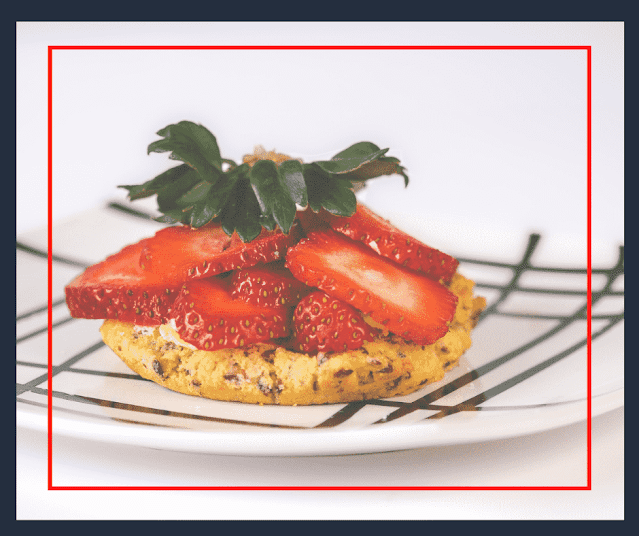The food table contains a list of the main prohibited and permitted foods, and the menu for the week is compiled taking into account the characteristics of the patient's diet.
Pros of a gout diet
Gout is a chronic metabolic disorder that causes inflammation, swelling, and pain in the joints. The joints are affected by the salts of uric acid, which the patient's kidneys are unable to remove. The acid concentration rises to a critical level, which leads to the deposition of salts. Uric acid is formed as a result of the breakdown of purines that come from food. Certain foods contain a lot of them, which is why the diet is aimed at eliminating such foods to reduce the number of incoming purines and, as a result, lower the level of uric acid.The disease most commonly affects the joints of the toes, hands, elbows, and knees. During periods of remission, the patient is not disturbed by the manifestations of gout, but in case of malnutrition, attacks of severe pain, inflammation, edema, and fever in the affected area are possible.
During the Middle Ages, gout was often called the "disease of kings." This is explained by constant plentiful meals without any measure, as well as the tendency to illness in men from forty years old. The kidneys of food and wine abusers could not cope with the huge concentration of uric acid. Ordinary people ate limitedly, and could not afford such an amount of meat and alcohol, which contain the most purines, therefore they fell ill less often.
Cons of dieting for gout
Patients are forced to follow diets throughout their lives, and not only during periods of exacerbations. Meat eaters and alcohol drinkers will have to limit these foods to a minimum. Lack of meat protein needs to be replenished with other foods to prevent muscle loss and fatigue.Food table for gout
The patient's main diet consists mainly of vegetables, dairy products and contains a minimum of meat. It is best to cook meat, fish products, and mushrooms, and drain the broth since a maximum of purines are released into it.What can you eat
Alkaline foods must be included in the diet: vegetables, milk, to neutralize excess acid.Bakery products, sweets: Uncomfortable pastries, black and white bread, marshmallows, marshmallow, marmalade, jam
Meat and fish: No more than 3-5 times a week: rabbit, turkey, chicken, the meat of old animals, lean fish, squid, mussels
Milk products: Low-fat milk, kefir, lean cheese, yogurt, sour cream, limited butter
Fruits and berries: Oranges, tangerines, green apples, dates, persimmons, dried fruits (except raisins), strawberries, lemons, apricots, pears
Vegetables: Dill, corn, beets, onions, garlic, potatoes, carrots, white cabbage, cucumbers, zucchini, eggplants, tomatoes, pumpkin
Cereals: Everything except legumes
Eggs: No more than 1-2 pieces per day
Oils: Vegetable oils, limited to butter
Nuts, seeds: All types, except peanuts
Beverages: Green tea, tea with milk and lemon, juices and fruit drinks, compotes, herbal teas, alkaline mineral water, kvass
What you can't eat
It is necessary to exclude all purine-containing foods, as well as foods containing an excess of oxalic acid.Bakery products, sweets: Pastries, fresh pastries, cream cakes
Meat: Sausages, sausages, canned meat, fatty and salted meat, pork and lamb, offal, lard, any meat of young animals
A fish: Canned fish, fatty, smoked and salted fish (sprats, etc.), caviar
Cheese: Spicy and salty cheeses
Cereals: Lentils, beans, soybeans, peas - all legumes
Vegetables: Mushrooms, sorrel, spinach, olives
Fruits: Grapes, raspberries, figs
Sweets: Creamy culinary products
Fats: Margarine, lard
Beverages: Alcohol and drinks based on it, coffee, strong tea
Menu for a week for a diet for gout
The patient needs to rebuild his attitude to nutrition, he will have to follow a therapeutic diet constantly, without interruption. Finally, the menu is determined by the doctor for each patient, depending on the concomitant diseases and the degree of development of gout.Day 1
Breakfast: omelet with 2 eggs and milk, apple
Lunch: tomato vegetarian soup, boiled cod
Dinner: stewed zucchini with carrots
Day 2
Breakfast: oatmeal with fruit
Lunch: brown rice, chicken breast
Dinner: a glass of kefir, orange
Day 3
Breakfast: a handful of cashews, a glass of yogurt
Lunch: pumpkin and potato cream soup, a handful of pumpkin seeds, carrot cutlets
Dinner: stewed white cabbage with tomatoes
Day 4
Breakfast: rice porridge with diluted milk, berries
Lunch: two boiled eggs, fresh vegetable salad with olive oil
Dinner: brown rice, chicken breast
Day 5
Breakfast: grapefruit, low-fat cottage cheese, or casserole
Lunch: whole wheat pasta with chicken and bell peppers, curd cheese
Dinner: crumbly buckwheat with turkey
Day 6
Lunch: whole wheat pasta with chicken and bell peppers, curd cheese
Dinner: crumbly buckwheat with turkey
Day 6
Breakfast: millet porridge in diluted milk with dates
Lunch: creamy pumpkin and potato soup, a handful of pumpkin seeds
Dinner: salad of boiled squid and eggs, fresh vegetables
Day 7
Breakfast: a handful of cashews, a glass of yogurt
Lunch: brown rice, chicken breast
Dinner: stewed white cabbage with tomatoes
Advice
The main focus is on vegetarian, plant-based meals. You need to drink plenty of fluids to facilitate the elimination of uric acid. It is better to drink herbal teas, compotes, fruit drinks, water, strong tea, and coffee to exclude. Alcohol is prohibited especially wine.
Uncontrolled eating with the intake of illicit foods leads to exacerbation of gout and increased symptoms.
Lunch: creamy pumpkin and potato soup, a handful of pumpkin seeds
Dinner: salad of boiled squid and eggs, fresh vegetables
Day 7
Breakfast: a handful of cashews, a glass of yogurt
Lunch: brown rice, chicken breast
Dinner: stewed white cabbage with tomatoes
Advice
The main focus is on vegetarian, plant-based meals. You need to drink plenty of fluids to facilitate the elimination of uric acid. It is better to drink herbal teas, compotes, fruit drinks, water, strong tea, and coffee to exclude. Alcohol is prohibited especially wine.
results
Dieting can prolong periods of remission and reduce the frequency and intensity of pain and inflammation in the affected joints. Reduced purine levels in food help keep uric acid levels low.Uncontrolled eating with the intake of illicit foods leads to exacerbation of gout and increased symptoms.

